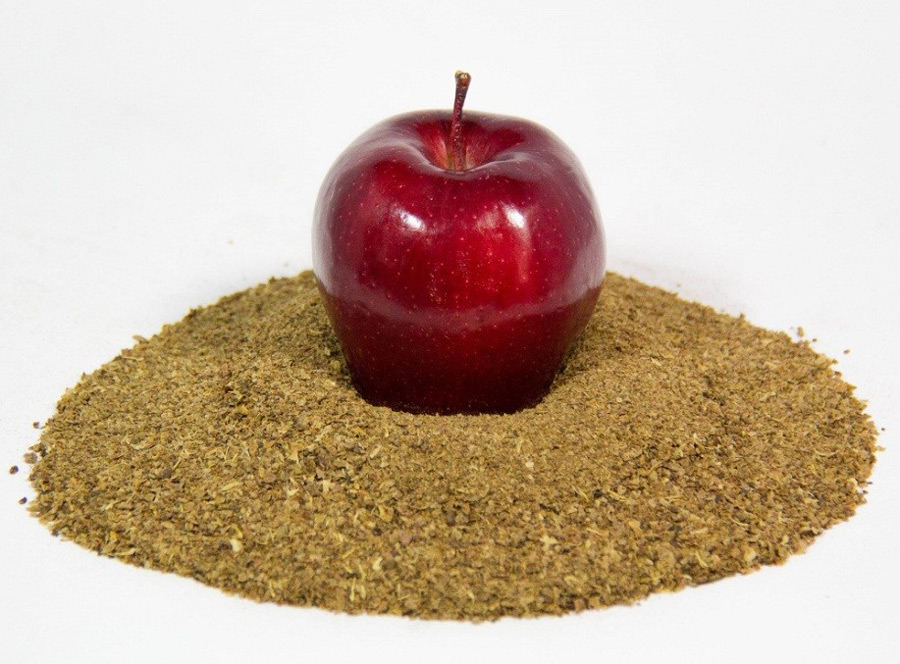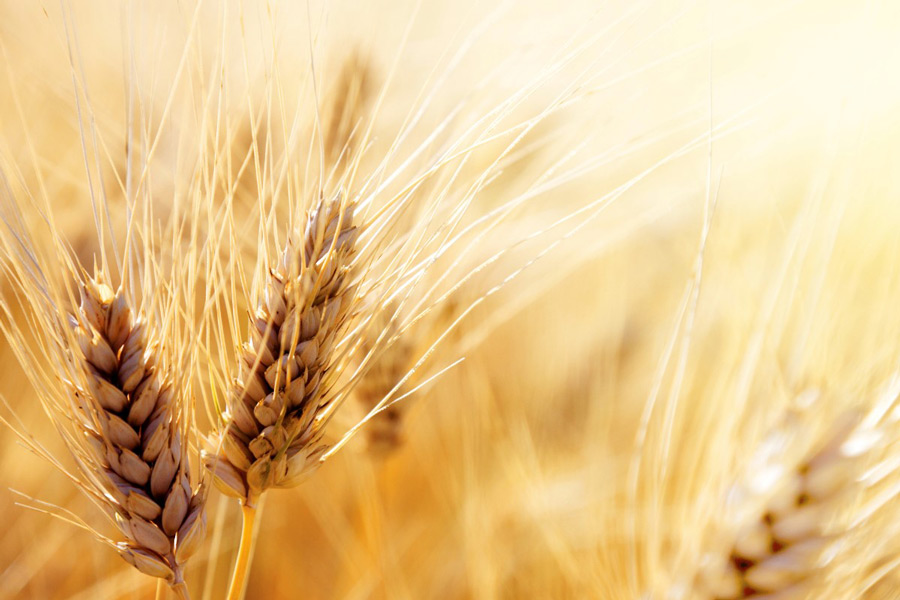Dietary fibre (DF) as a class of compounds includes a mixture of plant carbohydrate polymers, both oligosaccharides and polysaccharides, e.g., cellulose, hemicelluloses, pectic substances, gums, resistant starch, inulin, that may be associated with lignin and other non-carbohydrate components. Since the middle of the 1970s, the role of dietary fibre in health and nutrition has stimulated a wide range of research activities and caught public attention. High DF diets are associated with the prevention, reduction and treatment of some diseases, such as diverticular and coronary heart diseases, large intestine cancer and diabetes. Furthermore, increased consumption of DF improves serum lipid concentrations, lowers blood pressure, improves blood glucose control in diabetes, promotes regularity, aids in weight loss, and appears to improve immune function.
Apple fibres
Baked food products are well liked by consumers all over the world. Because of their high consumption, they can potentially be used as carriers of DF. Different plant fibre products are added to various baked food products in order to increase their fibre content. These products have traditionally come from cereals such as wheat, corn and oats. There is a variety of other products, however, such as fruit, vegetables, legumes, and less commonly used cereals. Apple pomace from the straight pressing, the primary by-product of the apple juice industry, is rich in cell wall material and is an interesting source of pectins and DF with well-balanced proportion of soluble and insoluble fibre fractions. Apples also offer some advantages over cereal brands and legume hulls. It lacks phytic acid which renders minerals like zinc unavailable. This work examines the proximate composition of commercial apple fibre (AF) powder accessible in Slovak local markets. Moreover, rheological characteristics of fine wheat – AF blends (0, 5, 10 and 15 %, w/w of flour substituted with apple fibre) together with an evaluation of physical properties and sensory parameters of AF enriched cookies were also determined.
Bakery products are sometimes used as a vehicle for incorporation of different nutritionally rich ingredients. Addition of DF to bakery products increases DF intake and decreases of the caloric density of baked goods. AF powder is also good source of pectin compounds. Dough is the intermediate products between flour and cookies and its rheological behavior is of considerable importance in cookies manufacture as it influences the processibility and the quality of cookies. The results indicate that AF powder a by-product from apple processing, could be considered as an alternative dietary fibre for cookies and other bakery products.

Fiber wheat
The relationship between diet and disease is being recognized by health professionals, food scientists and nutritionists all over the world. To achieve and maintain better health, it is recommended that whole grains, legumes, fruits and vegetables must be included in the diet to get enough of dietary fiber, minerals, vitamins and other health-promoting phytochemicals. As far as grains are concerned, unfortunately, most consumers prefer to eat baked products made from highly refined wheat grain than those made from whole grain, mainly because of the less attractive textural properties, taste and eating quality of products made from whole wheat grain. Despite the health-promoting properties of wheat bran fractions and psyllium, it is still a challenge to overcome the technological, sensory and nutritional problems associated with the use of these fiber sources in bakery products. It is, therefore, desirable to develop new approaches and technologies to produce high-fiber baked products with attractive texture, taste and consumer quality.








